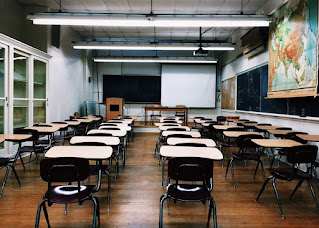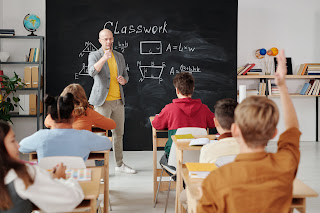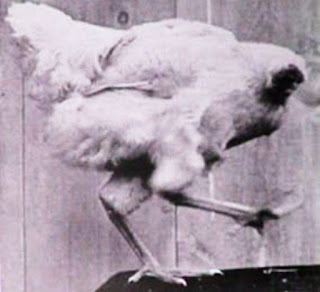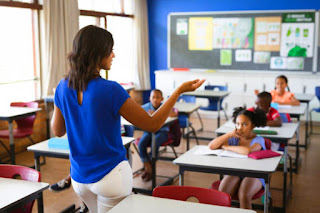Module Transformer Students: Unleashing Potential of Knowledge Transfer in Learnography

In the dynamic landscape of education, the process of knowledge transfer is continuously evolving to meet the demands of a rapidly changing world. A transformative approach, Learnography, places a strong emphasis on module transformation as a pivotal stage of student development. Pre-trained Students using Mathematical Dimensions Module Transformer Students are at the forefront of this journey, driving the seamless integration of knowledge into diverse contexts and subjects. This concept of student development delves into the progressive growth of Module Transformer Students and their role in reshaping the educational landscape through interdisciplinary connections and innovative learning transfer. Pre-training Students: Laying the Foundation of Student Development The journey of Module Transformer Students begins with the foundational stage of Pre-training. Here, students acquire essential cognitive skills and are introduced to the principles and dimensions of knowledge transfer. Thes













